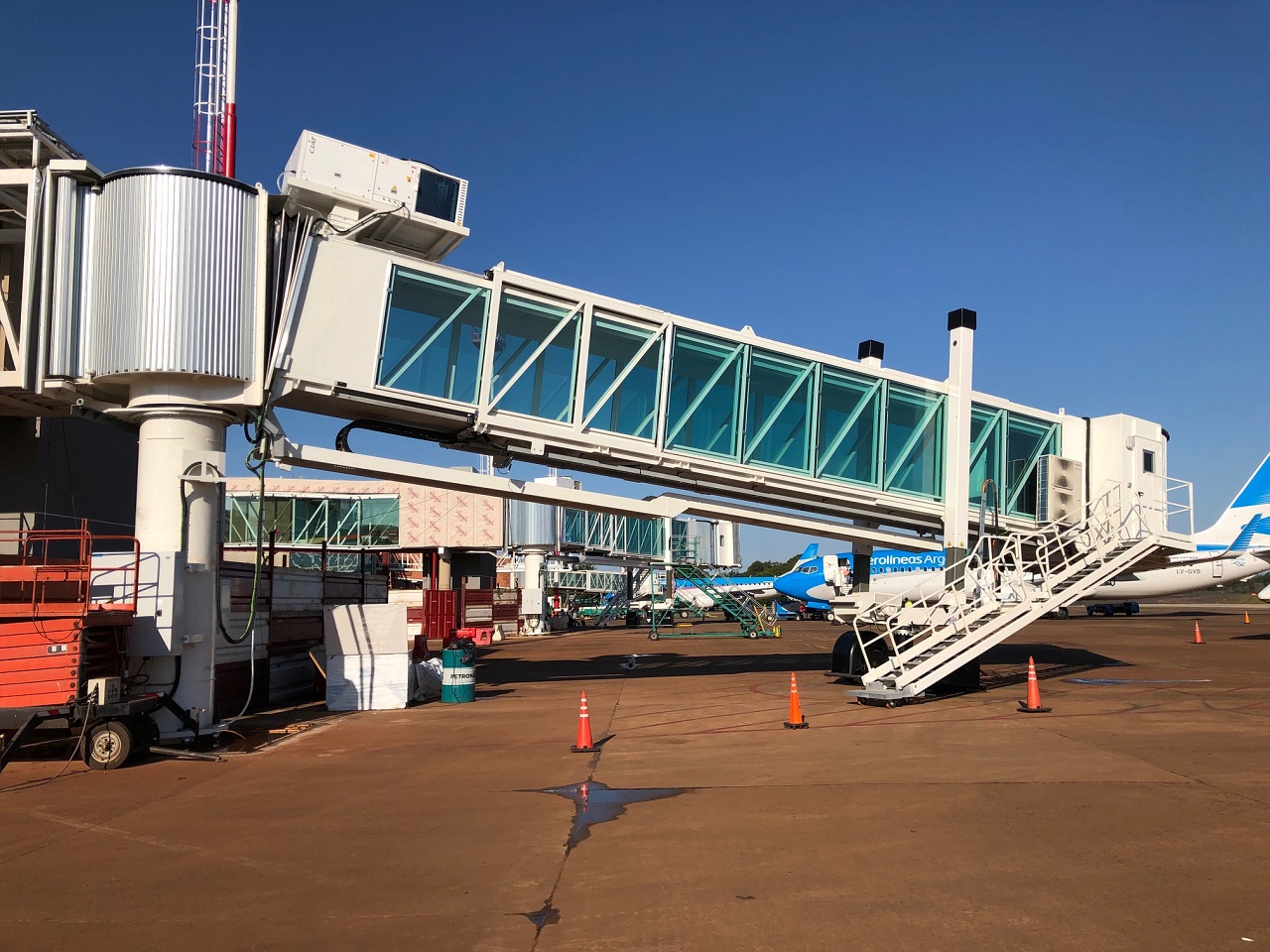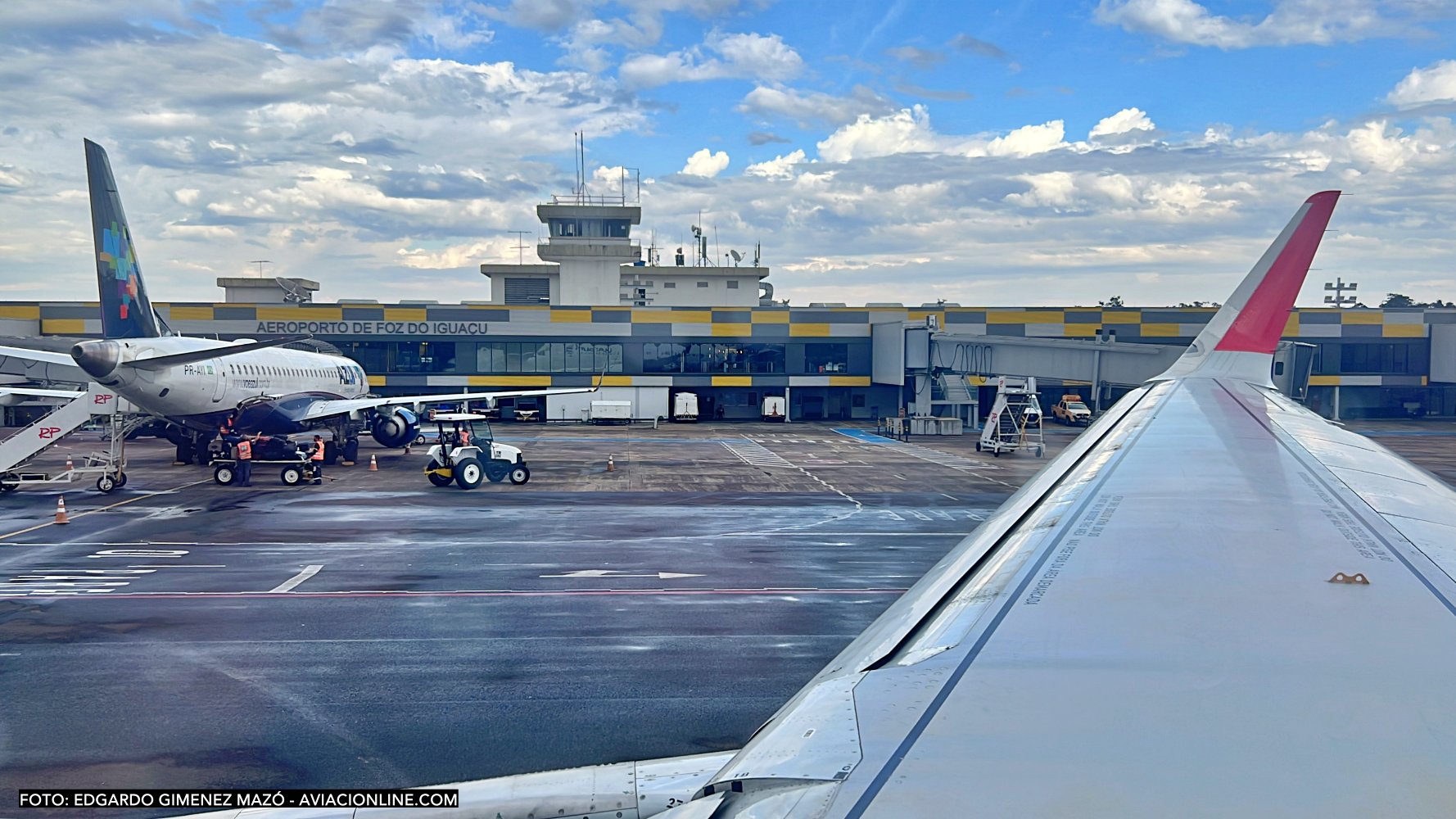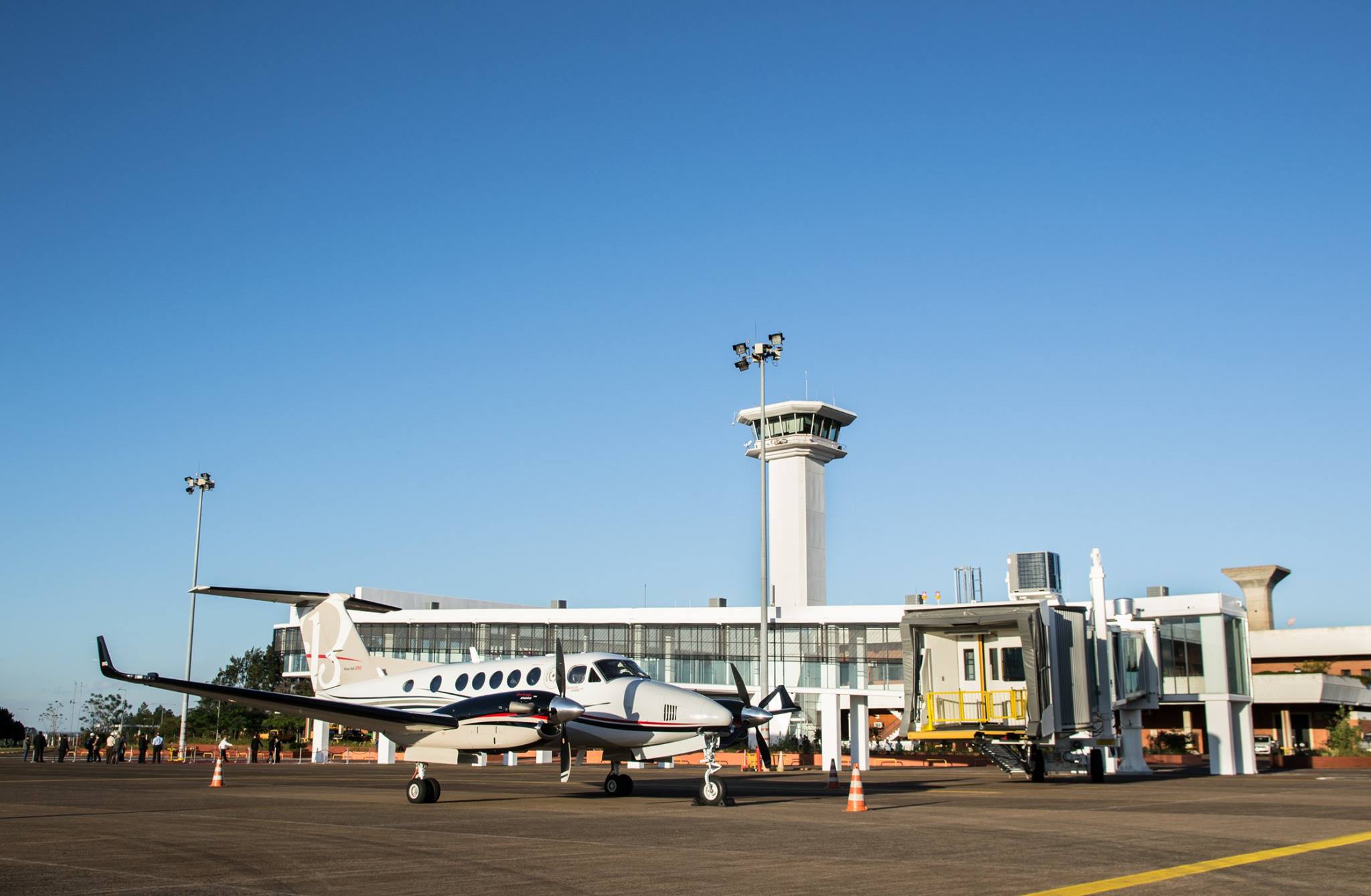Copa Airlines Considers Puerto Iguazú for Future Expansion, But No Decision Yet
The possibility of Copa Airlines adding Puerto Iguazú to its network of international destinations is on the table—though no decision or roadmap has been confirmed. That was the message from the airline’s CEO, Pedro Heilbron, during an interview at the IATA AGM where he discussed the carrier’s expansion plans.
Asked specifically by Aviacionline about new destinations in Argentina, Heilbron did not rule out adding one of South America's most iconic tourist hubs. He humorously acknowledged a unique challenge in evaluating the region: “We have to choose between three, it’s difficult,” he said, referring to Puerto Iguazú (Argentina), Foz do Iguaçu (Brazil), and Ciudad del Este (Paraguay), which form the tri-border area.
“It’s definitely a very attractive destination. I’ve visited twice and we see its potential,” Heilbron admitted. However, he was also clear that “No decision has been made yet. Its time will come.”
Copa currently connects Panama with over 80 destinations across the Americas, operating nearly 70 weekly flights to Buenos Aires, Rosario, Córdoba, and Mendoza. Before the end of the year, the airline will also resume service to Salta and launch new flights to Tucumán—part of a growing focus on Argentina, which Heilbron called “probably the most dynamic market right now in Latin America.”
Within this context, Iguazú emerges as a logical candidate, especially given Copa’s two-decade-old hub model based at Panama’s Tocumen International Airport. Heilbron defended this approach, stating: “We continue adding cities—often those that are hard to connect directly, either due to market size or geographic distance.”

Despite the global tourism appeal of the Iguazú Falls and the commercial significance of Foz do Iguaçu and Ciudad del Este, international air service to the tri-border region remains minimal. Today, only JetSMART operates two weekly flights from Santiago. Before the pandemic, LATAM ran daily flights between Lima and Foz do Iguaçu, while Air Europa operated twice-weekly flights from Madrid to Puerto Iguazú via Asunción—though that service may have been discontinued regardless of the pandemic.
At present, there are no official announcements, but the interest is evident. Given Copa’s strategy of tapping into underserved secondary cities, a move into Iguazú appears plausible in the medium term.
Still, one major barrier looms: aircraft availability. Heilbron repeatedly emphasized that the lack of new aircraft—not the airlines but manufacturers—continues to delay expansion plans. IATA estimates that airlines will receive 26% fewer aircraft in 2025 than initially promised by manufacturers.

“We need more aircraft to do so many things, but yes, we’re always studying other possibilities,” said Heilbron.
This situation forces airlines to be even more selective about where to allocate scarce new capacity—prioritizing destinations that offer strong performance, not just full planes. That performance depends on factors like passenger demographics and their willingness to pay, not just tourism volume.
In this light, the tri-border area presents added complexity. While its tourism appeal is undeniable, Copa’s services to interior Argentine cities are generally more suited for outbound traffic than inbound. On this front, the Brazilian and Paraguayan sides offer more potential, with a combined population nearing 800,000—compared to around 70,000 in Puerto Iguazú.

Puerto Iguazú may also struggle to attract travelers from the Argentine northeast, whose residents already largely fly through Asunción—where Copa operates 14 weekly flights.
This underlines the importance of coordinated action by local, provincial, and national governments, along with airport authorities, to boost their cities’ competitiveness and secure a share of the much-coveted capacity from global airlines.

/https://aviacionlinecdn.eleco.com.ar/media/2025/06/copa_airlines_iguazu.jpg)
Para comentar, debés estar registradoPor favor, iniciá sesión